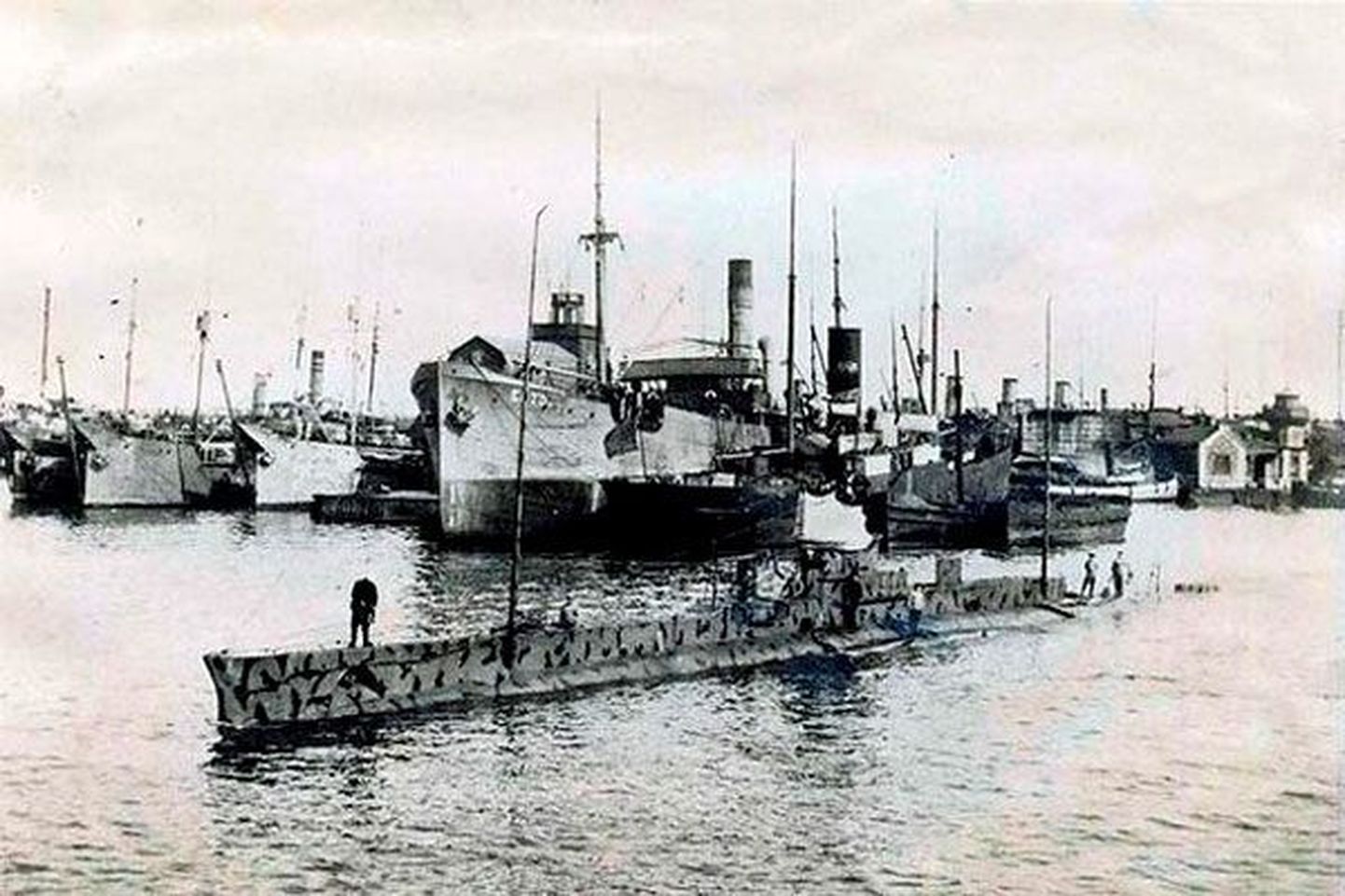Two weeks ago, Estonian border guard vessel PVL-101 Kindral Kurvits headed West, from Hiiumaa, some 20 nautical miles from the island. The reason: sonar images presented by Maritime Administration with silhouette of the submarine clearly seen.
As testified by Mr Treffner, official at Border Guard naval surveillance and diver at survey group Badewanne Team, together with heritage conservators they were convinced the submarine is indeed E-18, as earlier announced by Swedish media.
According to Heritage Board adviser Maili Roio, involved in the operation, search for object of cultural value as hobby has undergone stricter regulation by National Heritage Act since 2011. «With searching for underwater monuments, two activities need to be differentiated: search as a hobby, and search for scientific purposes; the latter falls under underwater archaeological research,» explained Ms Roio. «For hobby searches, a licence needs to be secured from Heritage Board.»
Arbitrary actions are now better restricted by Estonian law, prohibiting anchoring, trawling, dredging, and dumping of solid substances in protected zone for underwater monuments. By use of radar systems, it is now easier for Heritage Board and police to keep an eye on it all.
Do Brits have a right to their warship? Heritage Conservation Act makes no difference between vessels of other states and those belonging to private persons. Pursuant to the law, form of ownership shall not change with passage of time; should it prove impossible to determine the owner, the wreck belongs to the state. Now, Heritage Board is taking speedy steps to proclaim wreck of E-18 a maritime grave and guarantee peace of grave.
• Completed at Vickers ship works in spring of 1915; sent to service at North Seat during WW1.
• Captain: Robert Halahan; perishing crew consisting of 30 British and 3 Russian marines.
• Member of British submarine flotilla operating in Baltic Sea, totalling eight vessels in 1915–1918.
• At eve of May 25th, 1916 departed to battle from Tallinn, never returning. Presumably, the vessel hit a buoyant mine near Hiiumaa.
• Length 54.86 metres, speed 15 knots on surface and 10 knots underwater; diving depth 58 metres.
• Armed with 10 torpedoes, a cannon on the deck.

